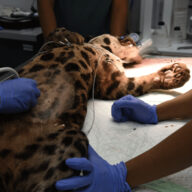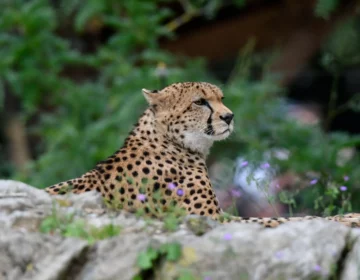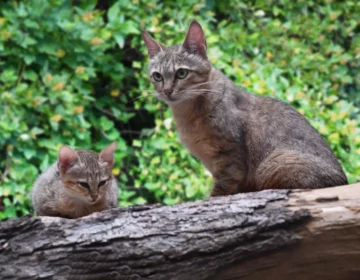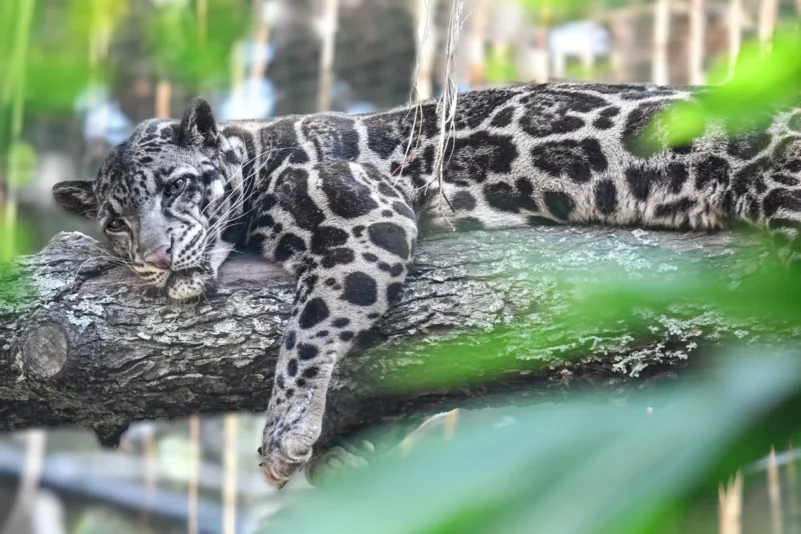
Sunda clouded leopard
Neofelis diardi
Sunda clouded leopard
The Sunda clouded leopard was once considered a subspecies of the clouded leopard, but after careful genetic research, it was separated as a separate species.

APPEARANCE
The Sunda clouded leopard has a finer pattern on its fur and more gray fur than the clouded leopard. Its gray fur has cloud-like patterns that are darker than the background. This particular fur pattern and the region in which it occurs (Sundaland or Sunda Region refers to the islands of Sumatra, Borneo, Java, Bali, and the Malay Peninsula) give the name Sunda Nebelleopard. Black and pale-footed animals have been reported from Borneo, but these color morphs have not been recorded during increasingly intensive camera trap surveys across the island. The limbs of the Sunda leopard are relatively short and marked with black spots. Its tail is very long (76-88% of head and body length) with black spots and rings pointing toward the tip. Male tails are usually long and slender, but females tend to have quite fluffy tails. Its tusks, as in N. nebulosa, are very long relative to the size of the skull, longer than in all other Felidae species (except N. nebulosa). Its long tail and short legs allow it to move easily through trees. Sunda Nebelleopard is the largest felid inhabiting Borneo.
DISTRIBUTION AND HABITAT
Brunei Darussalam; Indonesia (Sumatera, Kalimantan); Malaysia (Sarawak, Sabah), Sumatra and Borneo
The Sunda clouded leopard has a semi-nomadic lifestyle, which makes photo-trap surveys difficult. Habitats are not exclusive to a single male, as is the case with lions, for example. Studies have shown that male Sunday panthers tolerate each other in one area.
BEHAVIOUR
The Sunda clouded leopard is mainly active at night, but not exclusively. Studies have shown cases in which these cats have hunted during the day.
FOOD
The Sunda clouded leopard feeds mainly on small and medium-sized mammals such as monkeys, porcupines, and canids, as well as birds and reptiles, which it catches while hunting in the treetops, using its agility and climbing abilities.
MAIN THREATS
The survey shows that hunting pressure on the species is low. The main threats are habitat loss and fragmentation.
